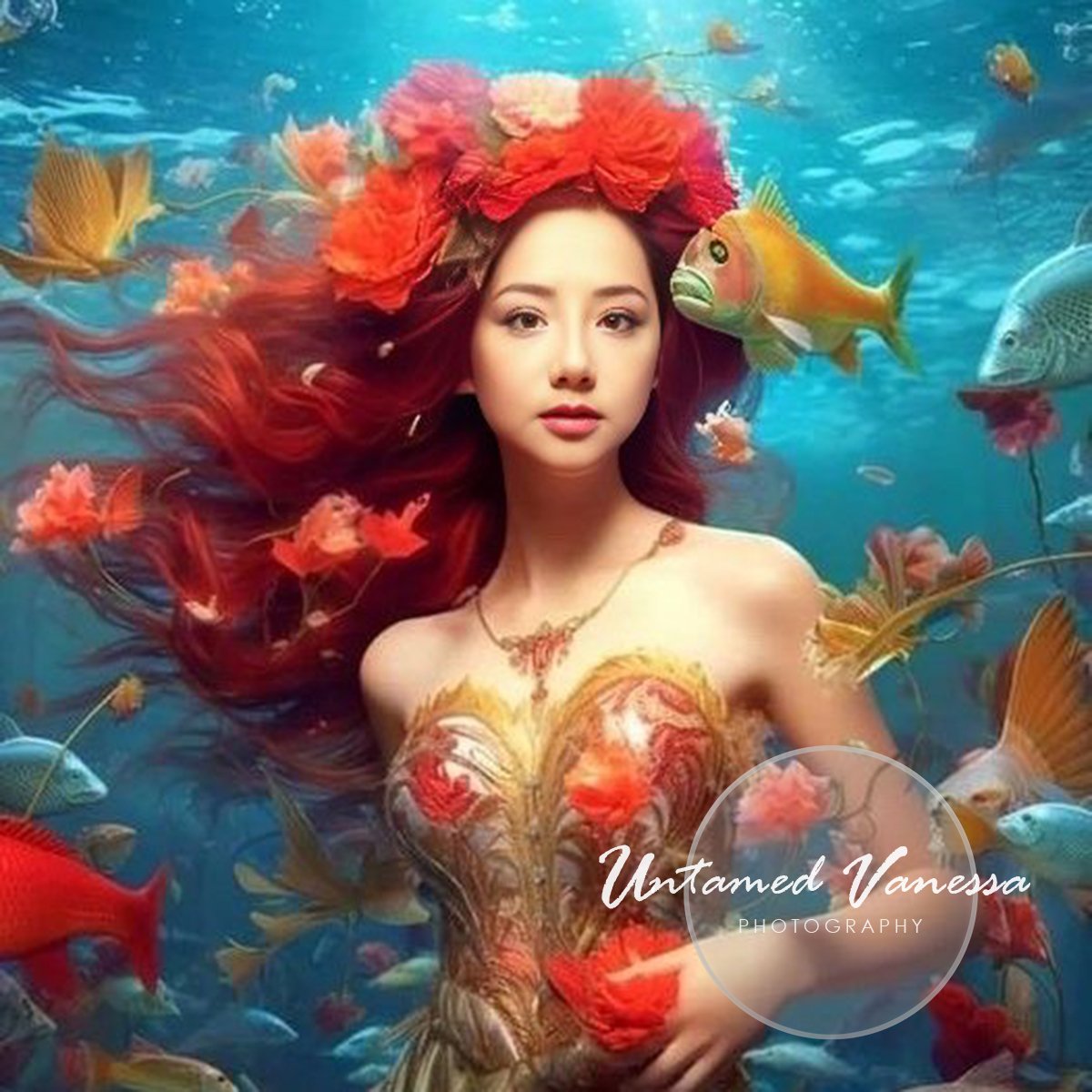Where Hope Was Hiding
In the journey between fear and hope, we often feel as though we are searching for something we can’t find. But sometimes, it’s the act of looking within that leads us to the very thing we seek.
When you’re locked out of the world, all you want is freedom. When you’re far from home, home becomes all you crave. At some point, even your own skin feels like a shadow too tight to live inside. That’s when the questions start to surface. Can I live differently? Do I have what it takes to face the day? Is it okay to just be here, now, as I am?
My first memory of fear is not a single moment, but a texture—dry soil in my fingers, hot wind against my face, and the silence of a rural Chinese village where famine was constant. Grains grew sporadically. The government issued rations we had no choice but to wait for. I played in the dirt near the plants, trying to forget how much we lacked. I couldn’t name what I felt, but my body already knew what hunger and uncertainty were. Later, other fears crept in: illness, disease, loneliness. I had no one to speak to, so my fears learned to speak to me.
When I was five, everything changed again. I was moved to the Philippines, a place thick with heat and unfamiliar people. I hated the humidity, the loudness, the sadness I saw in the streets. Beggars lay curled up under trees and buses. The poor weren’t just struggling—they looked like they had given up. Even the concept of “hope” was strange. There, it was the name of a cigarette brand, sold in slick green packaging and flavored with artificial mint. That was the hope people turned to—to lighten the day, to dull the night. And that was another lesson: hope doesn’t always look noble. Sometimes it looks like addiction. Sometimes it looks like survival.
But even then, I wanted hope to be real. If not for me, then for others. In dreams, I asked the universe to send it somewhere it could be of use. Once, in sleep, I saw Atlas rise from the ocean and tell me to visit the sea. Rain fell for three days. Then a fish leapt from the water and whispered, “Don’t hope anymore. He is not here. Pack your bags and go.” So I did. And unknowingly, I walked toward the very thing I thought I had lost.
In America, I began to understand something else about hope. It wasn’t a person or a promise. It didn’t come in one dramatic gesture. It came quietly—through learning, through survival, through finding people who saw me. I stopped waiting to be saved. I stopped searching for signs. I began to trust myself. Hope became something I created, one decision at a time.
I had thought that hope was something far away, something someone else would give me. But it turns out, it had always lived inside me. It was under the silence, beneath the fear, curled deep inside the will to keep going. I found it in the mornings I got out of bed without answers, in the moments I spoke even when my voice trembled, in the way I began to make space for joy again. I didn’t find hope in some grand light. I became it.
I have known emptiness. I have carried sorrow like a second skin. I have feared for my life, for my mind, for my heart. But now, I understand: hope is not a destination. It’s not a god or a guide or a romantic myth. It is the quiet power to keep becoming. It is choosing to see light even when it flickers. It is letting yourself try, again and again.
I am that becoming. I am that light. I am hope.
